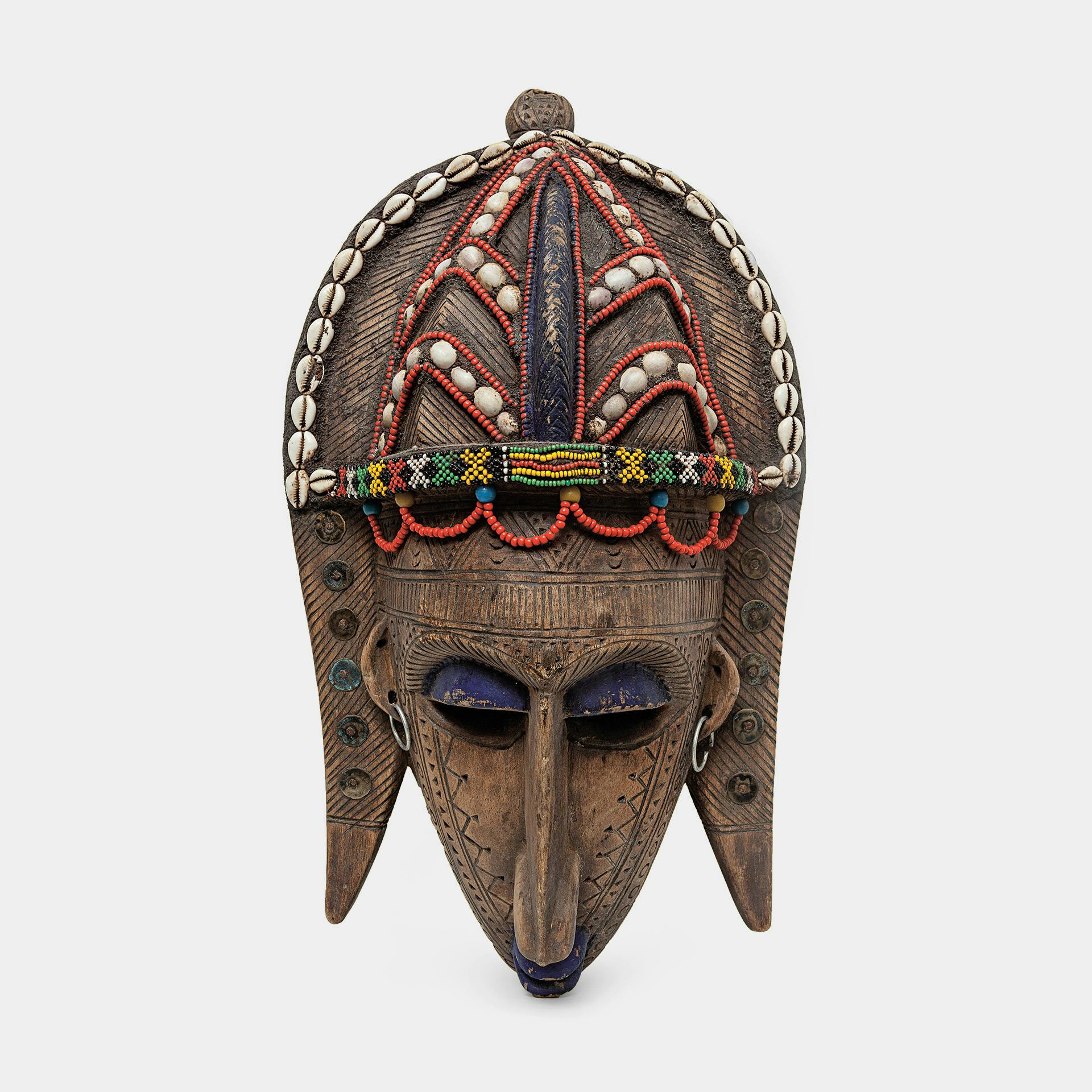Asia
Oscar Niemeyer Museum Collection
Asian Art Collection
It is proving a complex task for the West to accept that world dynamics have changed and we must live with new, distinct international relations paradigms. Asia has become a decisive factor in the globalized world, and its growing and irreversible presence sparks ambiguous feelings: on the one hand, the respect commanded by a giant of very ancient history; on the other, the fear of the potential consequences of this prominence. First and foremost, it becomes evident that the West is unprepared to deal with this novel reality.
The ascertainment of this ambiguity was the reason I decided to focus my diplomatic career around the Asian continent. In the sixteen years during which I served in eleven countries across the region – India, China, Japan, Pakistan, Afghanistan, Vietnam, Bangladesh, Myanmar, Kazakhstan, Jordan and Taiwan –, I have endeavored to grasp the dense civilizational charge that renders them unique in their diversity and similar to one another in various sociocultural aspects. The history they share amalgamates them and conditions this interaction even today, not only within the continent, but also in its relations with the West: ever since the silk roads of the Late Antiquity, there has been contact and interchange between the two hemispheres in the fields of art, religion, and ideology.
Unlike what has been the case this side of the planet, where a hierarchy has come into place between the so-called “Fine Arts” – painting, drawing, engraving etc. –, Eastern individuals perceive the world in a holistic manner. They make no distinction, in form or emotion, as to what they see, what they wear, or the objects they keep their food in. Actually, in East Asia – China, Japan, the Koreas, for instance –, the greatest of all arts is calligraphy, which conjugates into one medium the gesture (the line) and thought, reflection (the text, poetical, most of the time): reason and aesthetics merge to convey the Idea in its completeness.
Such is the conceptual underpinning of the Asian collection which the Oscar Niemeyer Museum has housed since 2018. Sculptures, paintings, engravings, furnishings, ornaments and other objects – mostly from the countries I have lived in and based on which I have built this collection, which I later donated to the MON – comprise a collection of some 3,000 pieces in different mediums and dating from different eras. But there are more distinctions than just those. No particular importance is imparted to any given era or to how ancient a piece is: art creation in Asia has not lost momentum as centuries passed. Thus, Japanese manga shares the space with ceramics from Mehrgarh, in the Indus River Valley, the oldest settlement in the South of the continent.
This choice for diversity has made the MON’s collection the first permanent Asian wing in any museum in Brazil, and perhaps Latin America. In order to be able to showcase that diversity in a clearer way, the museum has programmed temporary rotations of its Asian collection on the basis of specific historical-cultural themes that will help museumgoers better comprehend the continent’s density – and importance –, particularly as Asia resurges as the fastest-developing region in the planet, becoming an ever-more prominent player in the international scene, and a privileged partner of Brazil’s.
Fausto Godoy, curator and donor of the Asian Art Collection
The artworks of the Asian Art Collection were donated by the Brazilian diplomat Fausto Godoy, in 2018.
Lakshmı with elephants
India, Basholi School (Pahari) | 17th-18th centuries | Watercolor and gilding on paper | 32 x 39 x 2 cm
Nat (guardian)
Myanmar | 20th century | Wood and lacquer with polychrome, gilding and glass incrustations | 96 x 41 x 20 cm
Ceremonial recipient (Charakku)
Kerala, India | 19th–20th centuries | Alloy of seven sacred metals (gold, silver, copper, tin, lead, iron and mercury) | 23.5 x 80 cm | Pot used for distributing food during rituals in Hindu temples
Buddha on the Bhumisparsha Mudra– position
Sino-Tibetan | Ming Dynasty (1368–1644) | Bronze | 74.5 x 55 x 38 cm
Ganesha
Ganesha | Mumbai, India | 21th century | Plaster with polychrome | 63 x 50 x 35 cm | Image produced for the Ganesha festival Chaturthi
Servant (tomb figure)
China | Ming dynasty (1368–1644) | Glazed ceramics | 62 x 26 x 18 cm | Funeral object that was part of the symbolic ceramics placed next to a tomb.
Videos
Donations
Restauration
Exhibition assembly
Assembly process of the exhibition "Asia: the Earth, the Men, the Gods"

